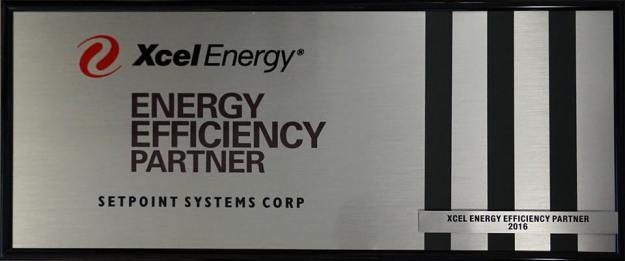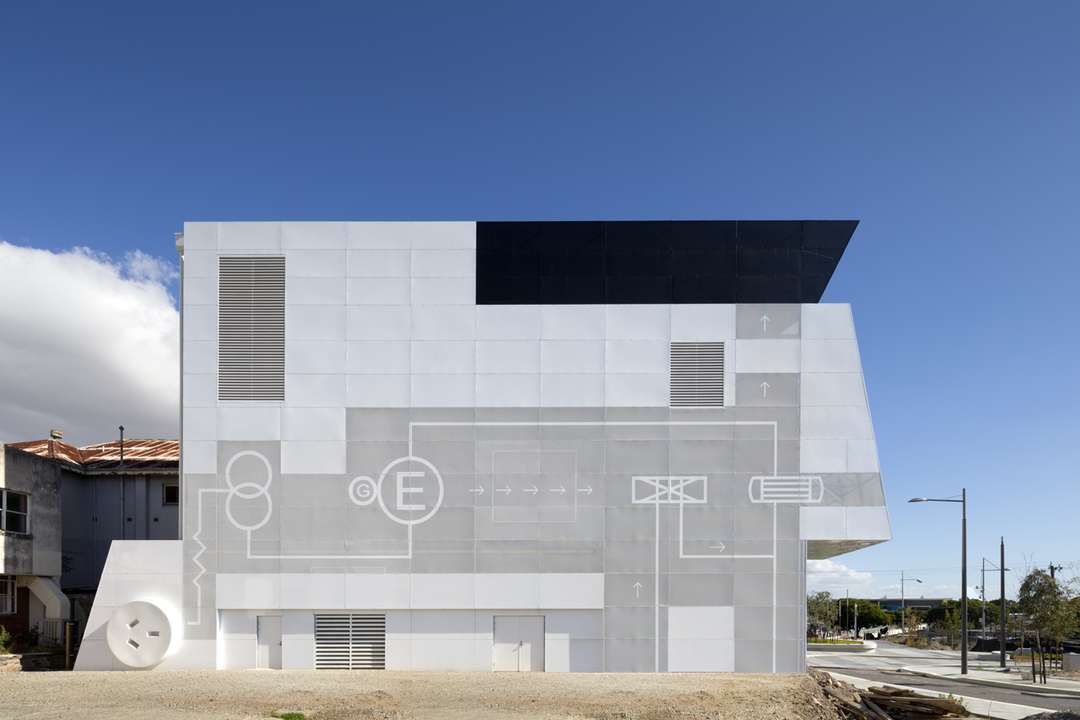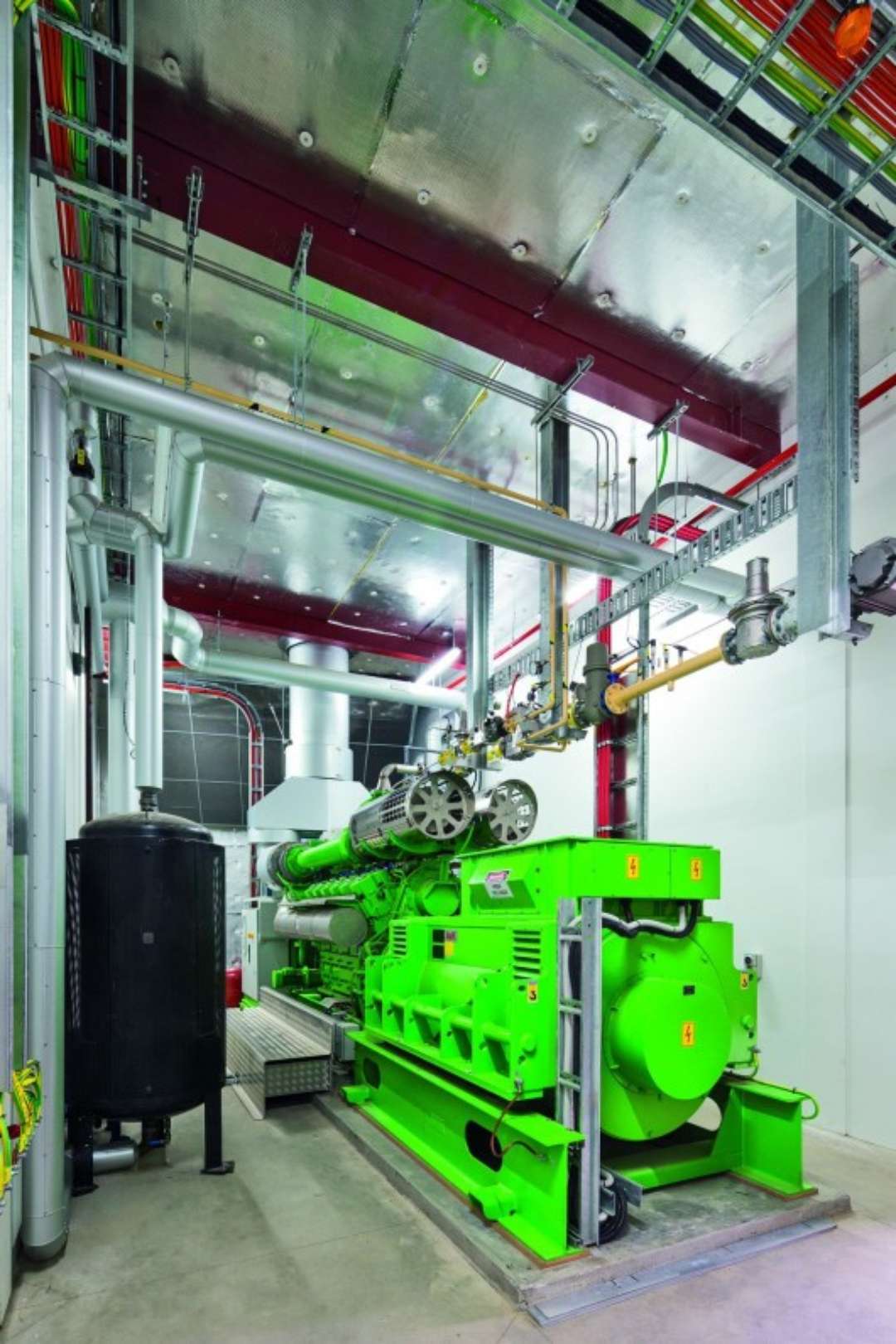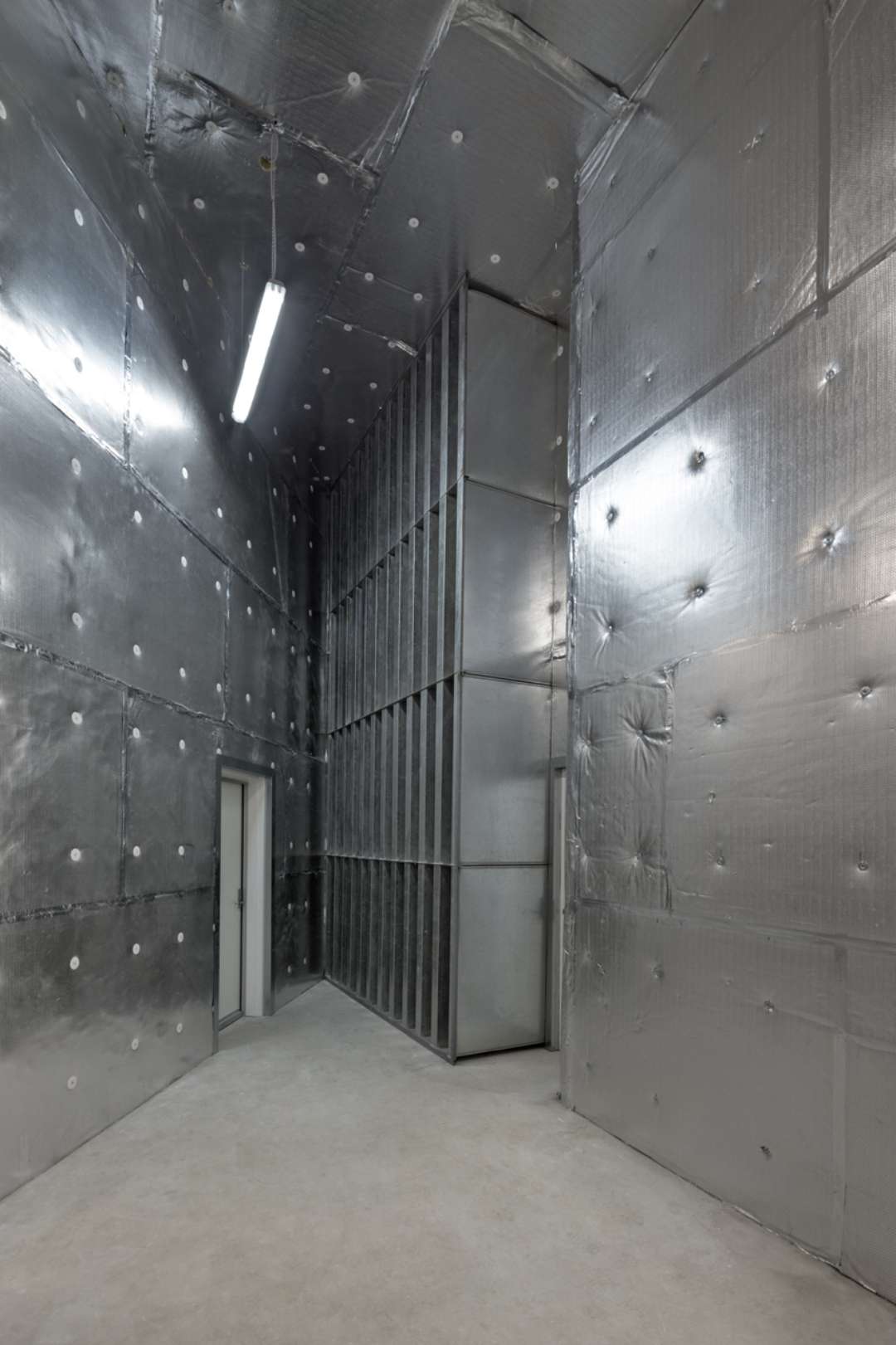Smart buildings are a no-brainer and more affordable than most building owners and investors realize.
Smart buildings have been proven to save energy, streamline facilities management and prevent expensive equipment failures. Yet, to many property owners and investors, the value of smart buildings remains a mystery. The fact is, in most buildings, we can demonstrate a strong business case for strategic investments in smart building systems and management technologies.
Not everyone is aware that the tremendous advantages of today’s affordable smart building management technologies easily justify the cost. The following are 10 myths about smart buildings, along with the facts:
Myth #10: Smart Building Technologies Are Expensive.
Myth Debunked: Smart building technology investments typically pay for themselves within one or two years by delivering energy savings and other operational efficiencies. One smart building management pilot program we worked on, for example, generated a positive return on investment within several months.
Myth #9: Smart Buildings are Only About Energy.
Myth Debunked: A smart building management system often can detect when a piece of equipment is close to failure and alert facilities personnel to fix the problem. Knowing the right time to repair or replace equipment extends machinery life, and reduces facility staff, operations and replacement costs. More dramatically, smart building management systems can prevent full-scale building system failures—potentially embarrassing to a Superbowl stadium host, but life-threatening in a hospital or laboratory.
Myth #8: Smart Buildings and Green Buildings are the Same Thing. Myth Debunked: Smart buildings maximize energy efficiency from building systems and ensure air quality, while a complete “green” sustainability program includes strategies beyond building automation systems. So, while “smart” and “green” features may overlap, they are not identical concepts. The Continental Automated Buildings Association (CABA) explains the difference in Bright Green Buildings: Convergence of Green and Intelligent Buildings, a comprehensive report authored with Frost and Sullivan.
Myth #7: Industrial Facilities or Laboratories Can’t Become Smart Buildings.
Myth Debunked: All types of buildings—whether residential or commercial—can be built or retrofitted to become highly automated and smart. Even highly specialized facilities such as laboratories can be outfitted with smart building technologies.
Myth #6: Smart Buildings Can Only Be New Buildings.
Myth Debunked: Some of the smartest buildings in the world are not new at all, but have demonstrated the return on investment in smart technologies. The Empire State Building, for example, has exceeded projected energy savings for the second consecutive year following an extensive phased retrofit begun in 2009.
Myth #5: Smart Building Technologies are Not Interoperable.
Myth Debunked: In the past, building automation equipment and controls were designed as proprietary systems. However, affordable new technologies, such as wireless sensors, now make it possible to gather data from disparate systems produced by any manufacturer.
Myth #4: Smart Systems Don’t Make a Building More Attractive to Tenants.
Myth Debunked: Anything that improves energy efficiency, reduces occupancy cost and improves productivity is valuable to tenants, as numerous studies and surveys attest. Tenants and their advisors increasingly expect smart building features such as zoned HVAC, sophisticated equipment maintenance alert systems, and advanced security systems. As reported in JLL’s October 2012 Global Sustainability Perspective, smart systems provide benefits for tenants—and tenants recognize the benefits.
Myth #3: Without a Municipal Smart Grid, a Building Can’t Really Be Smart.
Myth Debunked: It’s true that smart buildings gain functionality when supported by advanced electrical grids installed by municipalities and their utility company partners. But even without a smart grid, owners and investors can draw a wide range of benefits from smart buildings and a smart building management system that can monitor entire property portfolios.
Myth #2: Smart Buildings Are Complicated to Operate.
Myth Debunked: Combined with a smart building management system, a smart building is often easier to operate and maintain than a building that lacks automated systems. A smart building management system can integrate work-order management applications; pull equipment repair and maintenance data into performance analytics; and pinpoint equipment issues to a degree not humanly possible. For example, a smart building management system can diagnose a programming problem that has been undetected for 15 years, enabling facility managers to resolve a recurring equipment malfunction.
Myth #1: Smart Buildings Are a No-Brainer.
Myth NOT Debunked: This myth isn’t a myth at all — it’s actually true. As affordable new technologies are adopted, tenants are beginning to expect smart building features—and owners and investors are beginning to realize the return on investment in smart systems.
Leo O’Loughlin is senior vice president of Energy and Sustainability Services at JLL, the global professional services and investment management firm offering specialized services to clients that own, occupy and invest in commercial real estate. With 20 years of energy and sustainability management expertise, Leo helps clients incorporate energy and sustainability concepts into operations and project management, reducing energy consumption, utility expense and carbon emissions. He specializes in creating and analyzing project structures for energy efficiency, central utility plant and energy services outsourcing programs, managing the multi-disciplinary development of energy infrastructure assets and retrofit projects. He also manages business development, commercial structuring, financial and technical analyses and implementation of energy-related projects. Previously, Leo was an executive at several leading California energy companies. He holds an MBA from San Diego State University and a BS in mechanical engineering from Purdue University.
Source: http://www.energymanagertoday.com/10-smart-building-myths-busted-0100847/






